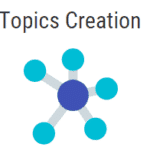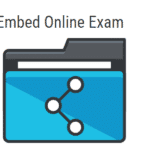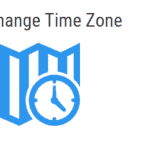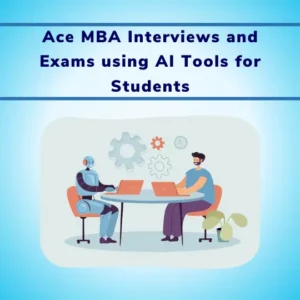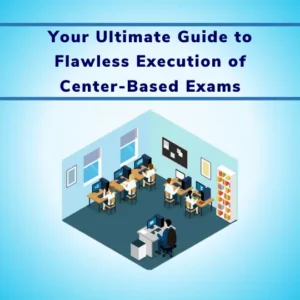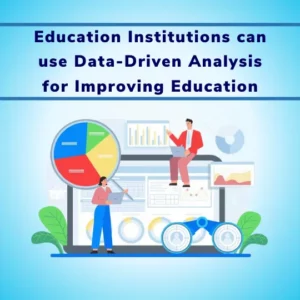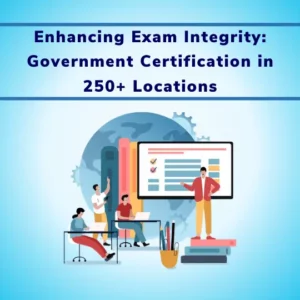
Article Contents
Introduction
As per data by Abnresource, Career growth prospects encouraged 34% of individuals to leave their previous position.
34% is a huge number, at least 3 out of 10 employees will leave the organization if they are not rightly recognized and rewarded.
But, how can you recognize and promote all of them? That’s quite not possible. The twist here is, you don’t have to retain all 10 of them; you have to maintain the best of them from leaving the organization. And strategic promotions are one of the best ways to maintain those who deserve it.
This article explores 5 key strategic initiatives to promote and retain the best employees in your organization.
5 Tips to Cultivate a Talent-Rewarding Culture-

1. Robust and Quantifiable Criteria for Promotions
As per an article published in Harvard Business Review, based on a survey of employees at Fortune’s 100 best companies to Work for, 75% of employees believe that promotion goes to those who don’t deserve it.
Where there is subjectivity involved, there is no justice to talent. We often hear from many working professionals that the non-deserving candidate is getting promoted, which seems true, but there is no quantifiable parameter to prove this.
What if the management designs and discloses quantifiable criteria for promotions? It will not only help in choosing the best-fit candidate for promotion, but will also help in building trust among the employees that the talent is rewarded; which will further encourage them to learn and do better.
Transparency is the bedrock of a talent-rewarding culture. To achieve this, organizations must establish robust and quantifiable criteria for promotions. These criteria should be communicated to employees, outlining the skills, competencies, and achievements required to ascend to higher positions.
Here is a set of examples for implementing quantifiable criteria for promotions-
An organization has 5 potential candidates who can be a good fit for the role, here is how quantifiable criteria for promotion can be established-
- Notify all 5 of them about the vision of management to promote the most deserving one.
- Communicate to potential candidates that their work will be closely monitored for a certain period.
- Assign them the projects, preferably the projects that relate to their current work profile.
- Communicate the factors taken into consideration while judging the performance, in this case, the major performance measuring parameters would be Project timeline adherence, project tracking, cross-functional coordination, project cost adherence, project issue resolution, and lead time for tasks.
- On the closure of these projects, communicate with each of the employees about their strengths, weaknesses and also encourage them to work on them.
- Transparently communicate the results and specify the factors that made you take a decision to promote the selected candidate.
2. Online Assessments for Subject Matter Expertise
Are you promoting the “Accidental managers?” As per an article published in Harvard Business Review, in the United Kingdom, 66% of managers categorize themselves as accidental managers.
While it is often believed that people with good technical skills and below-average people management skills are “accidental managers”, and yes, accidental managers can negatively impact the performance of the organization and work culture.
On the other hand, a person good at managing people but with poor technical knowledge can end up making decisions that can harm the organization in the long run.
The key here is to find a balance between technical expertise and people management skill, and this is exactly what a strategically designed assessment helps you with.
The assessments for promotions serve as a powerful tool to gauge an employee’s knowledge, skills, and understanding of their domain. By implementing this data-driven approach, organizations can not only eliminate bias and subjectivity but also can choose the right candidate with a good balance of technical knowledge and people management skills.
Pro tip:
Want to conduct the assessment for your employees without hampering their work? Online assessments are a great option. With the advent of technology, online assessments are more customizable, secure and reliable. Online assessment platforms support all the types of questions you would need. Furthermore, with the integrated AI question paper generation tool, you can generate the question papers for your needs with a single click.
3. Domain-Specific Skill Tests for Employees
As per the study published in Gartner, 70% of the employees do not master the skills required for their current job role, and this signifies how important it is to promote a skill-rewarding culture.
The skill sets required in different domains are very different, and within the same vertical, the depth and nature of knowledge and skill required vary largely.
Let’s take an example, John works as a safety specialist in Airlines and performs “Risk analysis’ ‘ as his core work. John has an in-depth understanding of Risk management principles and is a good performer in his current role. John decides to switch roles, and joins an automobile company as a “Risk Analyst”. However, the management finds him to be an over-conservative nature. Having worked in the airline industry, John is a good risk manager, but not a good fit for automobiles where the depth of risk analysis is not as stringent as in airlines.
Conducting a personality test along with a Domain-specific skill test can help the management to choose the right person for promotion. And the advantage of these tests goes beyond promotions. Coming back to the example of John, with personality tests and domain-specific skill tests, the management can acknowledge and communicate the areas for improvement to John.
Incorporating skill tests as part of the promotion evaluation provides a great advantage. It not only promotes a sense of appreciation among the workforce, but it also encourages individuals to hone their skills continuously, knowing that their efforts will be acknowledged and rewarded.
Pro tip:
Ensure that domain-specific skill tests align with the organization’s long-term goals and values. By doing so, promotions will be more aligned with the strategic direction of the company, ensuring that the promoted individuals contribute positively to the organization’s success.

4. Mock Projects and Tasks
The suitability of the person for the role must be tried and tested, mock projects serve as a great tool for the same. Apart from this, the mock projects provide a great learning experience for potential candidates. As per data published by Gitnux, Project-based learning increases long-term knowledge retention by 20%. This makes it a win-win situation for both, the management and the employee.
To identify candidates who exhibit leadership potential and a growth mindset, organizations can deploy mock projects and tasks. These simulated assignments challenge employees to step outside their comfort zones, tackle complex problems, and demonstrate their ability to lead and collaborate effectively. And most importantly, these mock projects can give you great insights into the suitability of the candidate for the job role.
Mock projects not only highlight an employee’s capabilities but also provide a platform to test their resilience and adaptability. These qualities are vital for success in higher roles where individuals face greater responsibilities and decision-making challenges.
Pro tip:
When implementing mock projects, consider creating cross-functional teams to promote collaboration and a diverse range of perspectives. Moreover, provide participants with constructive feedback, helping them understand areas of improvement and areas where they excel. As a cherry on top, these tests can also help you to fast-track critical projects.
5. Interim Promotion with Close Work Monitoring
According to a report by Deloitte, more than 60% of new hires are likely to be fired while 21% are more likely to leave the company all within their first year, and that is a very short time for someone to even start working in a productive manner.
Organizations often prefer to hire new candidates for managerial job roles, this can sometimes create dissatisfaction among those working with loyalty to the organization for years.
With acknowledgement of these facts, the management can make a decision to recognize the available talent and reward them; but a sudden promotion may turn out to be a hard-to-handle situation. The candidate may get overwhelmed with the workload, work nature and working environment.
Interim promotions serve as a great tool in this case. Implementing interim promotions allows organizations to observe potential candidates in action, gaining valuable insights into their performance and leadership abilities.
Interim promotions serve as a trial period, giving employees the opportunity to prove their mettle and adjust to the demands of a higher role. Organizations can closely monitor their progress, offering guidance and support as needed.
Pro tip:
Frequent feedback sessions and mentoring during the interim promotion period are crucial for fostering employee growth and development. Employees should feel supported and encouraged to take on new challenges, knowing that the organization has faith in their abilities.
Conclusion
A talent-rewarding culture is the backbone of a thriving and successful organization. By evaluating and implementing the best suitable strategic tips mentioned above, organizations can develop an environment that recognizes and promotes the right candidates for higher roles.
From leveraging online assessments to conducting domain-specific skill tests, setting transparent promotion criteria, engaging employees in mock projects, and implementing interim promotions, organizations can utilize the true potential of their workforce.
Remember, a talent-rewarding culture not only attracts top-tier talent but also inspires all employees to reach new heights, resulting in a workforce that is engaged, motivated, and committed to achieving organizational excellence.
Embrace these tips, and your organization will become a breeding ground for exceptional talent, ready to conquer the challenges of tomorrow. And as a cherry on the top, in this process, you can actually expedite the critical projects while developing the second-line leadership at your firm.






![How Government-Led Exams at 250+ Locations Are Setting New Standards of Integrity [Case Study]](https://www.eklavvya.com/blog/wp-content/uploads/2024/04/Enhancing-Exam-Integrity-Government-Certification-in-250-Locations-150x150.webp)
